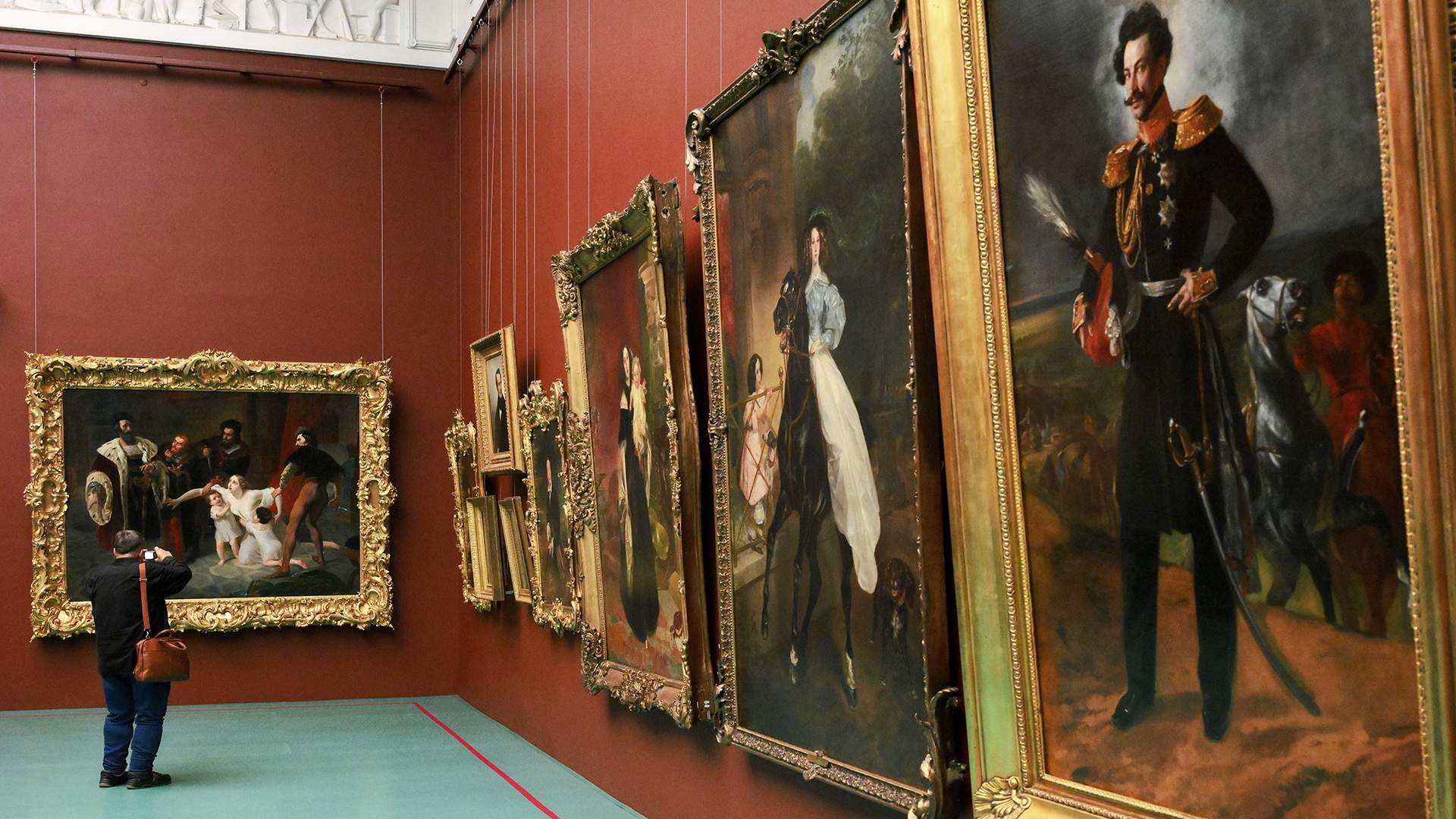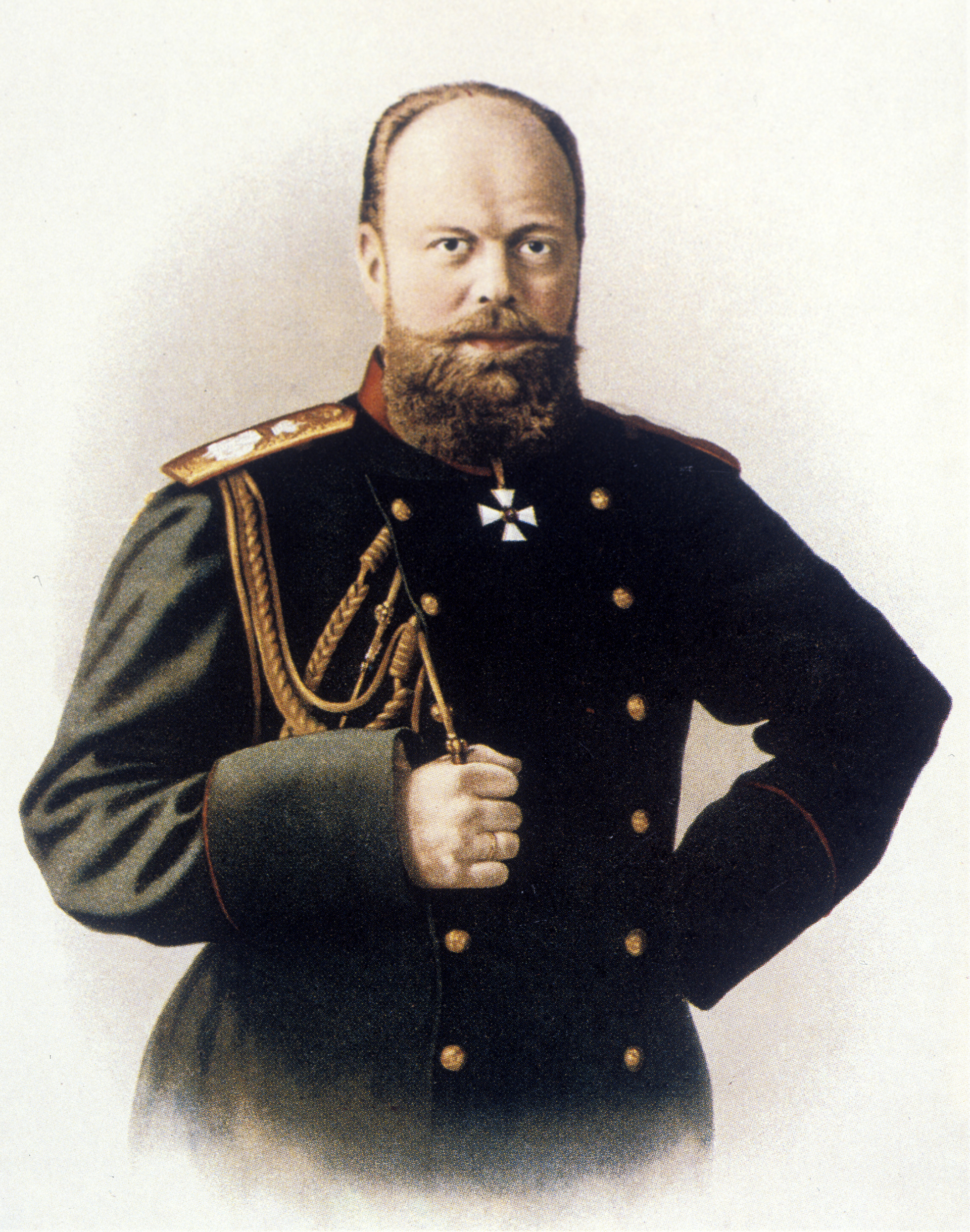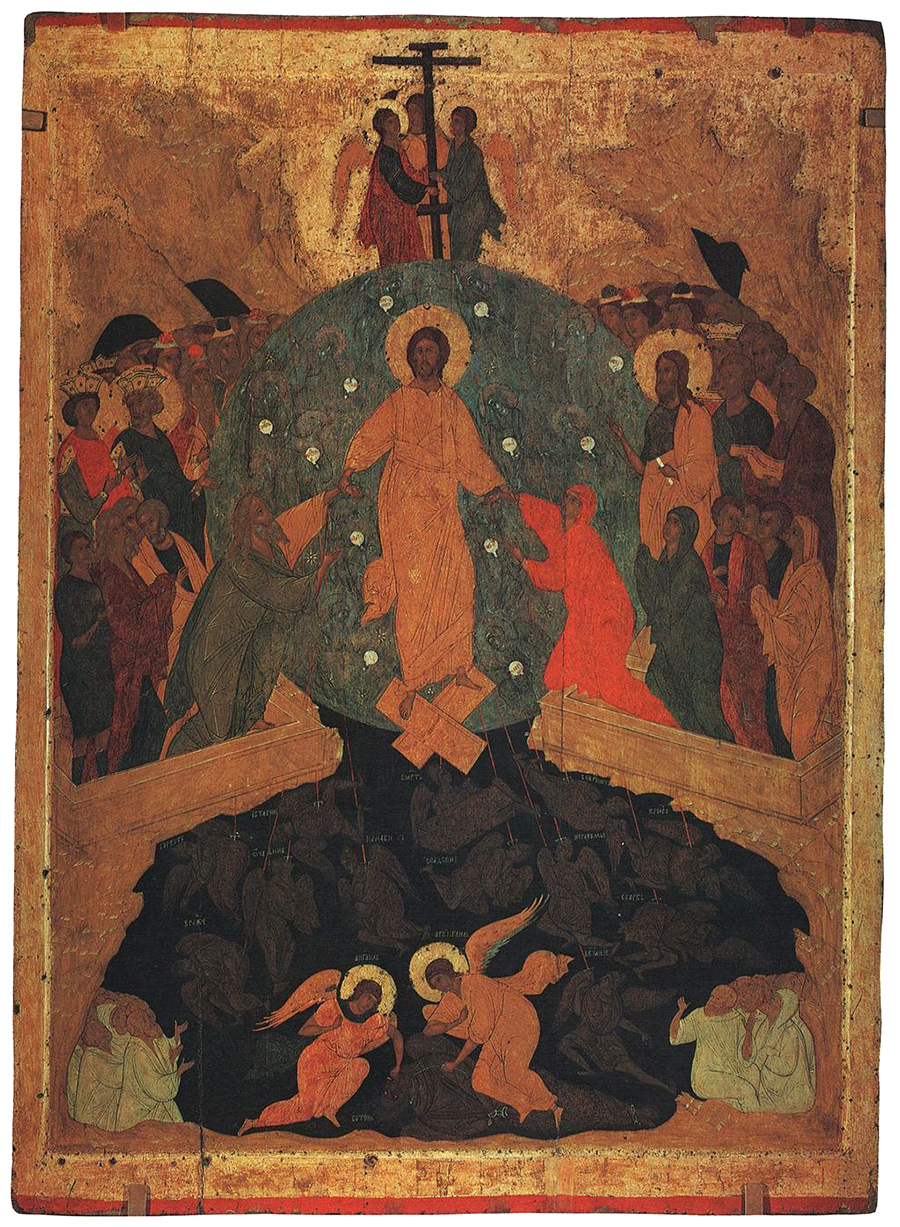The People's House: how the Russian Museum appeared in St. Petersburg

On April 25, 1895, Emperor Nicholas II issued a decree "On the establishment of a special institution called the Russian Museum of Emperor Alexander III and on the presentation of the Mikhailovsky Palace, acquired by the treasury, with all its wings, services and garden, for this purpose." Now the ensemble in front of the Mikhailovsky Palace is called the Arts Square. Visitors enter the museum space through it. During the Soviet era, a wonderful monument to Pushkin appeared in the garden of this palace — it also became one of the symbols of the Russian Museum. But he has a long backstory. Izvestia recalled the details.
The long way to the Museum
Alexander I also wanted to arrange a gallery of Russian-style paintings in the Hermitage. Before that, Russian portraiture and battle painting had already been presented there, but at some point the artist Alexei Venetsianov presented his canvases from peasant life to the emperor, and it seemed like a new word in art. Now a new period of Russian painting in the Russian Museum begins with Venetsianov.

Almost all Russian emperors, starting with Peter, were interested in painting. But Alexander III was not just an amateur. The Emperor paid special attention to Russian art and became its patron. He was a regular at exhibitions, at each of which he acquired something. Unlike many, he did not consider Russian painting to be secondary, student-like. He was building a gallery for himself, but sometimes he dreamed that one day it would become a publicly accessible museum. This dream was fulfilled already in the time of his heir. It is probably impossible to imagine a better monument to Alexander III.
The exhibition consists of Russian paintings once collected by Alexander III and the best paintings from the richest collection of the Academy of Arts. In March 1898, the museum opened its doors. He was considered imperial, and neither funds nor regalia were spared for him and his servants.
The first manager
Grand Duke Georgy Mikhailovich Romanov became the first manager of the Russian Museum, and this also spoke volumes. The grandson of Nicholas I, the great-uncle of Nicholas II, he was one of the most respected representatives of the imperial family. Besides, Georgy Mikhailovich really devoted a lot of time to the museum. He loved painting. But his real passion was numismatics. He even wrote several scientific papers on medals, coins, and tokens.
The Grand Duke donated his coin collection to the museum. After the revolution, it was partially exported to Yugoslavia and became the property of the Grand Duke's widow. Nowadays, part of it is located at the Smithsonian Institution in Washington. Georgy Mikhailovich himself was shot by the Bolsheviks in 1919 as a hostage in response to the murder of Rosa Luxemburg and Karl Liebknecht in Germany.
The Museum of All Time
After 1917, the Russian Museum became a state museum. From now on, many collections of former aristocrats and industrialists were kept within its walls. The museum also received a rich collection of icons, which traditionally begins the exhibition, showing the origins of Russian art. There are the ancient anonymous "George's Miracle of the Serpent", "Boris and Gleb", and the immortal works of Andrei Rublev and Dionysius, as well as icons painted in the Renaissance style by Simon Ushakov. In total, the collection of the Russian museum contains 20 thousand works of the iconographic genre.
Part of the exhibition is dedicated to the Peter the Great era, the heyday of the Russian portrait. Ivan Nikitin, Dmitry Levitsky, Fyodor Rokotov, Vasily Borovikovsky are the founders of Russian secular painting, which reached its perfection in the Elizabethan and Catherine times. "The century is crazy and wise," Alexander Radishchev called his century. The definition is vivid and accurate — and, looking at the portraits of that time, you can see this.

In the 19th century, Russian painting reached the heights of complexity and mastery. Fyodor Bruni, Karl Bryullov, Orest Kiprensky are bright, brilliant romantic paintings, in many ways corresponding to the spirit of the Pushkin century of Russian literature. Bruni's "The Copper Serpent", Bryull's "The Last Day of Pompeii", and Ivan Aivazovsky's "The Ninth Wave" have entered the cultural code of our country. Just like the works of the Peredvizhniki, this national painting school was formed in the second half of the 19th century, when the "academic" style already seemed deadening and outdated to many talented masters.
The Peredvizhniki searched for plots both in the historical past and in the "malice of the day" and always strove for verisimilitude, which evokes a sincere response from the viewer. The Russian Museum contains the best works by Vasily Perov, Ivan Kramskoy, Nikolai Ge. And of course, the great paintings by Ilya Repin and Vasily Surikov, which are above any direction. There was an incident with Repin's famous painting "The Zaporozhtzi": it can be seen both in the Tretyakov Gallery and in the Russian Museum. But it was Alexander III who acquired the first option. And he's in the Mikhailovsky Palace. And the largest painting of the museum is Repin's "Solemn meeting of the State Council on May 7, 1901" with an area of 35 square meters. m. The painting is exhibited in a special hall with special lighting.
One of the leading (and undoubtedly the most popular among the people) artists of that time, Viktor Vasnetsov, left a lot for both Moscow and St. Petersburg. Russian Russian Museum attracts attention to his "Knight at the crossroads" — a painting, working on which Vasnetsov found his element: a Russian fairy tale, Russian epic. It was as if he had rediscovered Ancient Russia for his compatriots.

The Russian Silver Age — the works of Boris Kustodiev, Kuzma Petrov-Vodkin, Valentin Serov, are no less vividly represented in the museum. Just like in Soviet times, when Russian tried to acquire the best works of that time, competing with the Tretyakov Gallery. This is how paintings by Arkady Plastov, Alexander Samokhvalov, and Alexander Deineka appeared in Mikhailovsky, whose "Defense of Sevastopol" perhaps conveys the heroic image of the Great Patriotic War more powerfully than any work of art.
During the war years, more than two thousand exhibits were evacuated from the museum to Perm (then – Molotov). But I managed to save everything. Among them is Bartolomeo Rastrelli's six-ton sculpture "Anna Ioannovna with an Arab Girl," which was hidden in the ground. Scientific work continued in the museum, and in 1944, to mark the centenary of the artist, an exhibition of Ilya Repin opened, which became one of the symbols of breaking the blockade for the Leningraders.
The owner of the museum
Of the Museum's directors, one was called briefly and expressively — the Owner. This is Vasily Alekseevich Pushkarev, who headed the State Russian from 1951 to 1977. A veteran who defended Leningrad, he turned out to be a prudent, adventurous and passionate museum worker. First of all, having overcome all obstacles, he managed to organize expeditions to Karelia, to the Pskov, Novgorod, Vologda, and Arkhangelsk regions — mostly he managed to collect icons there. The museum became a real research and restoration center, where, for example, the "restorer of all Russia" Savva Yamshchikov worked. More than 70 expeditions have added to the collection of 14 thousand monuments of ancient Russian culture. Much, of course, remained in the storerooms, through which Pushkarev was happy to lead art historians. And the exhibitions organized on the basis of the finds rediscovered Ancient Russia for the public of the 1960s. To name just a few of the most famous: "The results of expeditions to identify and collect works of ancient Russian art," "Painting of ancient Novgorod and its lands," "Dionysius and the art of Moscow XV–XVI centuries."
Pushkarev turned out to be a real diplomat from art. Every time he traveled abroad, he brought back treasures. He established contacts with the Russian artistic emigration. Zinaida Serebryakova even painted a portrait of the museum director. The director and his associates expanded the rather conservative ideas of that time about Russian and Soviet art. So, Kuzma Petrov-Vodkin was once dubbed an unenviable stigma: "formalist." And Pushkarev organized his grandiose exhibition in 1966. 164 paintings, 127 sheets of watercolors and drawings, engravings, sketches of decorations. Dozens of Russian cities came to Leningrad especially for Petrov-Vodkin. After this exhibition, the artist was called nothing less than the great. It has become a symbol of Soviet art. This is how the Russian Museum destroyed stereotypes and restored justice.
There were legends about how Pushkarev refused to give the USSR Minister of Culture Ekaterina Furtseva a painting by Kazimir Malevich as a gift to the American millionaire Armand Hammer.
Russia is multifaceted and diverse
But perhaps the main thing is that within the walls of the Russian Museum you can see the course of history, the chronicle of Russia captured by the painters — from generation to generation. From the conquest of Siberia and the Suvorov campaigns to the heroes of the Great Patriotic War. And portraits — which depict the generations of our ancestors.
"Russia was multifaceted and diverse. And of course, no "Hunters at a rest stop", no "Bears in the forest" could generalize and concentrate her features for us. And the need for this grew as the revolution approached. There was a need for such titans of the Russian brush as Surikov, Vrubel, Levitan. Kustodiev, Roerich. The strongest did not get their feet tangled in the web of time, fashion, everyday, and momentary demand," mused writer Vladimir Soloukhin in his Letters from the Russian Museum.
The Museum of Tomorrow
For 30 years, the director of the Russian Museum was the art critic Vladimir Gusev. The museum funds have expanded significantly during this time. The Russian Museum includes a Summer Garden with Peter the Great's Palace. Virtual branches of the museum have been opened in dozens of cities, where you can get acquainted with its exposition with the help of wonderful guides. In 2015, the first European Cultural and Exhibition Center (branch) opened in Malaga, Spain The Russian Museum. Today, Vladimir Gusev holds the honorary position of president. And his successors are no less energetically and creatively running the unique and largest Russian art center in the world. The International Festival of Landscape Art and Landscape Architecture "Imperial Gardens of Russia" has been held annually since 2008.
The museum's collections have expanded significantly over the years. The Russian Museum includes a Summer Garden with Peter the Great's Palace, a Marble Palace, and an Engineering Castle... In the late 1980s, the museum opened a "Department of the latest trends", where you can get acquainted with the delights of modern art.
In recent years, next to one of the buildings, the Marble Palace, stands the famous monument to Alexander III by Pavel Trubetskoy. In 1909, it was installed far away, on Znamenskaya Square, and then it caused a lot of controversy. In Soviet times, the sculpture was removed to the courtyard of the Mikhailovsky Palace, but today it has returned to the public again — now as a recognized artifact of the past.
Russian Russian Museum is not only the keeper of the eternal traditions of Russian classics, but also one of the most modern museums in the world. His interactive exhibitions (usually with an interesting concept) are held all over Russia, with lectures and festive events. And it has more than two hundred virtual branches. Today, the Russian Museum is not only a landmark of St. Petersburg, it belongs to the whole of Russia.
The author is the deputy editor—in-chief of the magazine "Historian"
Переведено сервисом «Яндекс Переводчик»







